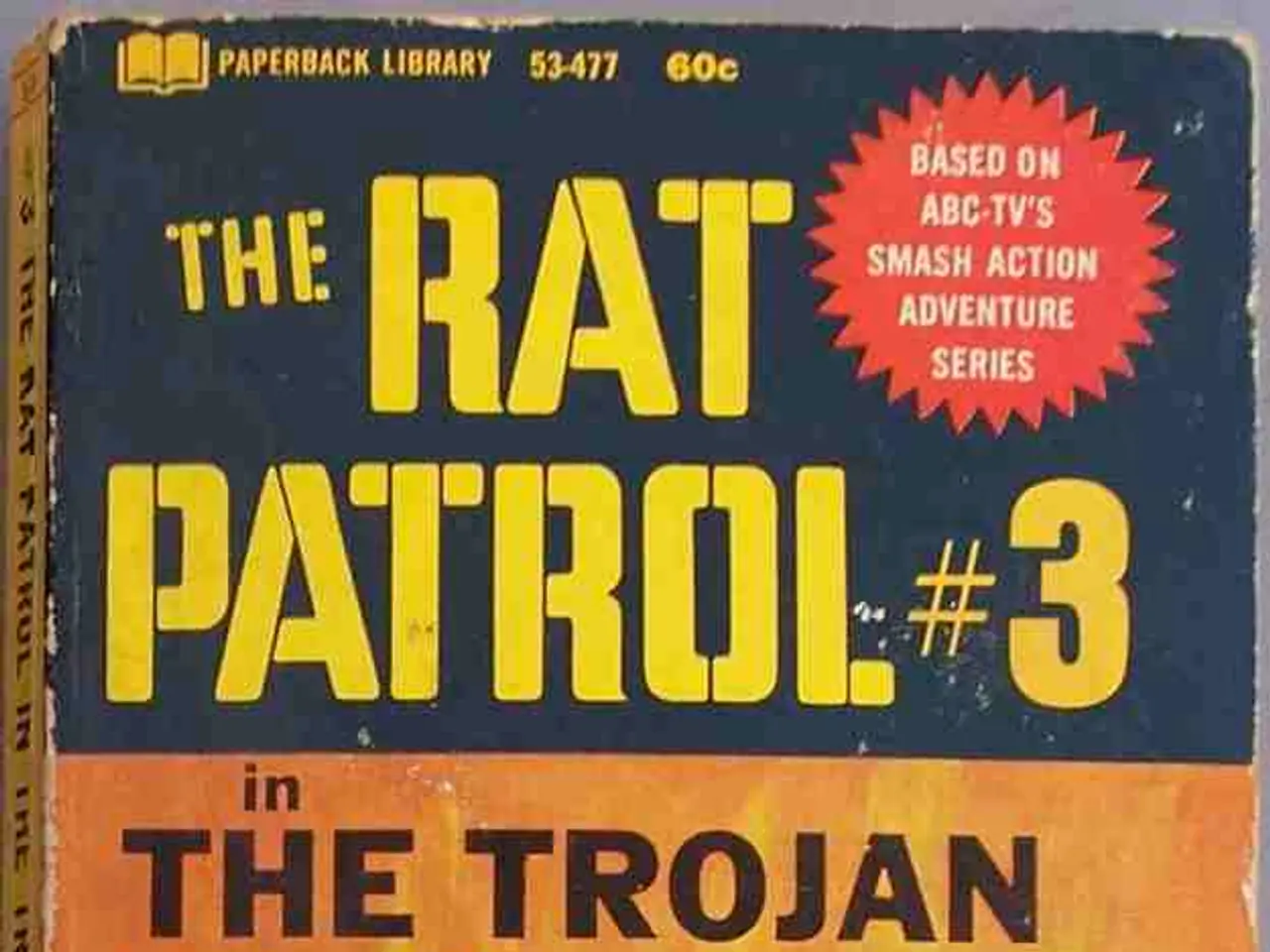Memorable Timeline: 80 Years (1945-2025) - Hiroshima and Nagasaki: A Sobering Testimony to War's Destructive Power
In the aftermath of the atomic bombings of Hiroshima and Nagasaki in 1945, a significant portion of the world was left reeling from the devastating impact. While the majority of casualties were civilian, a lesser-known story has emerged over the years - the story of American prisoners of war (POWs) who were caught up in the aftermath of these events.
A Japanese historian, Shigeaki Mori, spent decades meticulously researching this hidden chapter of history. His quest was documented in the 2016 documentary "Paper Lanterns." Mori's relentless pursuit led him to uncover the secret history of the American POWs killed by the Hiroshima bombing.
Mori's investigations revealed that while millions died in Hiroshima and Nagasaki, there is no widely documented account indicating that American POWs were among those killed by the bombs. The POW deaths occurred separately, under different circumstances away from the bombed cities. Most American POWs were held in camps located elsewhere, such as the Philippines, where many died due to harsh conditions.
Despite this, Mori's efforts bore fruit. He managed to identify twelve American POWs who were killed in Hiroshima. In recognition of their sacrifice, a memorial was erected in the Hiroshima Peace Memorial Park, honouring these twelve men.
Among the twelve were Staff Sergeant Charles O. Baumgartner from Sebring, Ohio, and Staff Sergeant Ryan J. Neal from Whitley County, Kentucky. Their names, along with those of their comrades, now stand as a testament to the human cost of war.
The bombings of Hiroshima and Nagasaki also claimed the lives of thousands of Koreans. Estimates suggest that between 48,000 and 50,000 Koreans were victims of the Hiroshima atomic blast, and at least 10,000 Koreans were killed in Nagasaki.
The atomic bombings were a turning point in history, marking the first time a nuclear bomb was used in warfare. The B-29 "Enola Gay" dropped a 10,000-pound uranium nuclear weapon on Hiroshima on August 6, 1945, followed by the B-29 "Bockscar" dropping a plutonium bomb on Nagasaki three days later. The pilot of the "Enola Gay" was then-Colonel Paul Tibbets.
In a historic moment, Mori had the opportunity to meet President Barack Obama at Hiroshima on May 27, 2016, marking the first time a US president had visited that city since the bombing. This meeting underscored the importance of remembering and learning from the past, as we strive for a more peaceful future.
In conclusion, while the atomic bombings of Hiroshima and Nagasaki were primarily civilian tragedies, the stories of the American POWs who were affected by these events serve as a poignant reminder of the human cost of war. The memory of these brave men, along with the millions of others who lost their lives, must never be forgotten.
- In the midst of Northern Kentucky, part of the broader state of Kentucky, lies the Hiroshima Peace Memorial Park, where a memorial stands in honor of twelve American POWs from various regions, including Sebring, Ohio, who perished during the atomic bombing of Hiroshima.
- A significant portion of the Korean population also lost their lives in the atomic bombings, with estimates suggesting that between 48,000 and 50,000 Koreans were victims of the Hiroshima blast and at least 10,000 Koreans were killed in Nagasaki.
- The story of American POWs who were affected by the atomic bombings of Hiroshima and Nagasaki has emerged over the years, with Japanese historian Shigeaki Mori spending decades meticulously researching this hidden chapter of history.
- The tragedy of the atomic bombings marked a pivotal moment in global politics, relations between nations, and the culture of war-and-conflicts, as well as general news coverage, with the first use of nuclear weapons by a national government (United States) having far-reaching consequences for both Americans and civilians of other nations.





